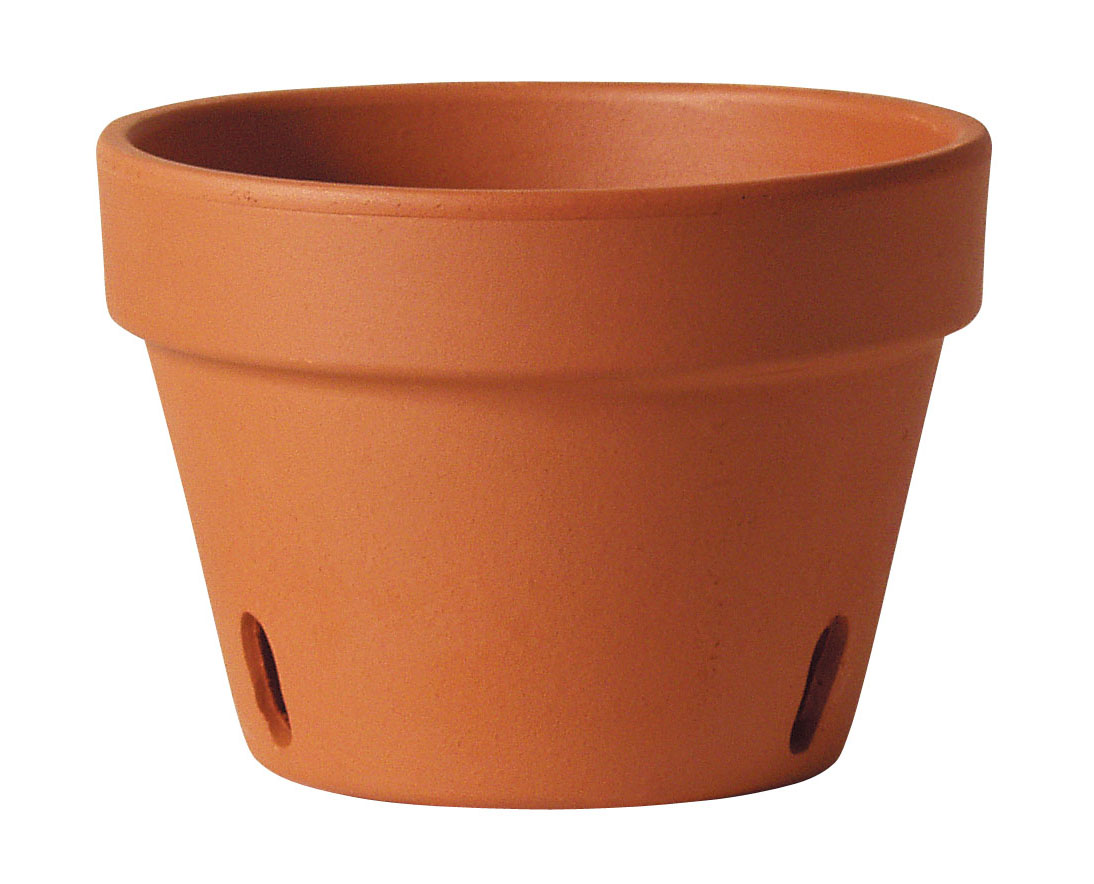|
||||||||||||
|
||||||||||||
|
|
|||||||||||||||||||||||||||||||||||||||||||||||||||||||||||||||||||||||||||||||||||||||||||||||||||||||||||||||||||||||||||||||||||||||||||||||||||||||||||||||
|
NOW AVAILABLE |
|
GARDEN POTTERY
retail garden center |
 Ceramic Garden Pottery at its finest at the DecoGallery in Apopka, FL. Widest selection in Central Florida and the best prices! We're just north of Home Depot Apopka on Orange Blossom Trail. |
|
|
|
DISH GARDEN POTTERY
wholesale customers |
 Largest selection of porcelain dish garden containers located right here in Apopka, Florida at AAA Imports. Also, stoneware, terra cotta, bonsai, lucky bamboo, baskets & metals available! |
|
|
|
|
 World's Finest Coffee Rios de Oros Gourmet Coffee |






























































